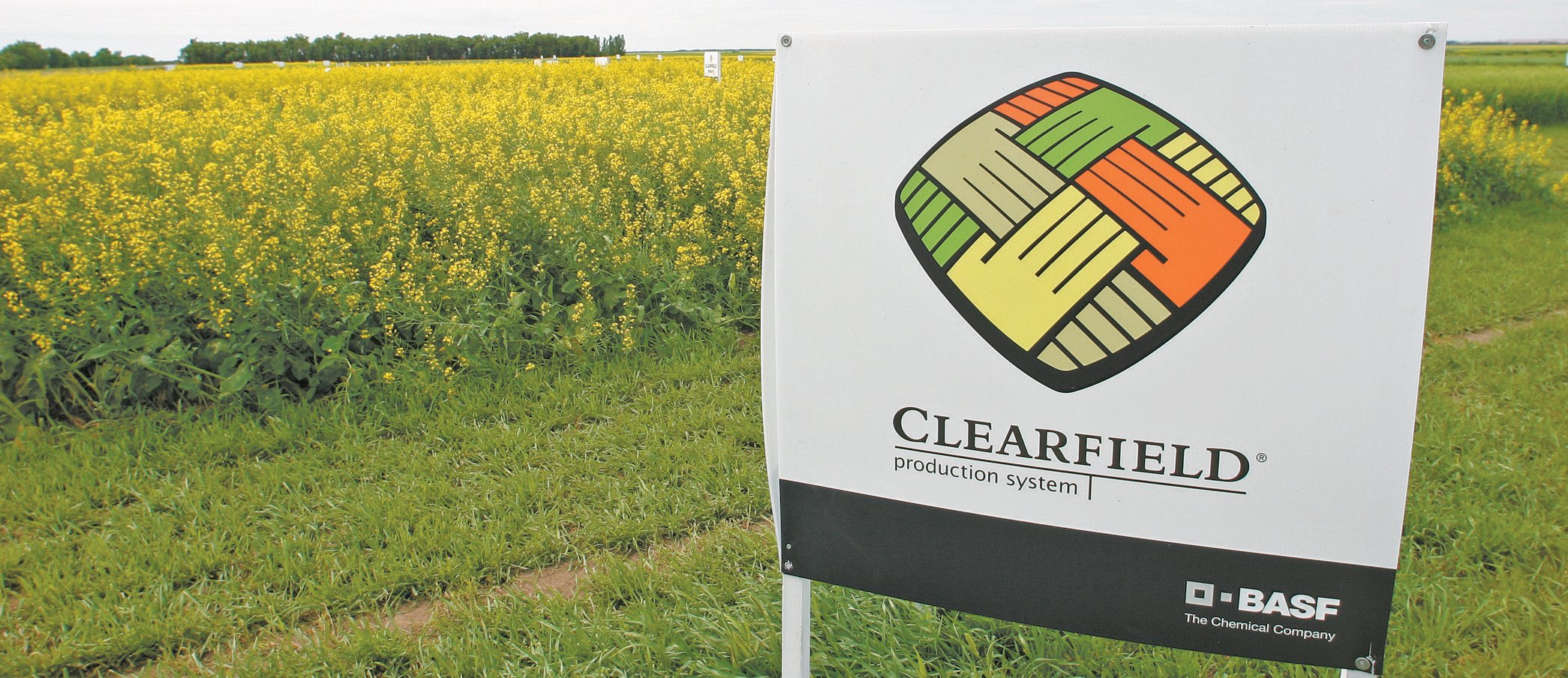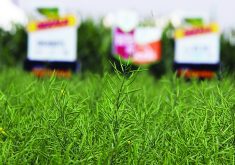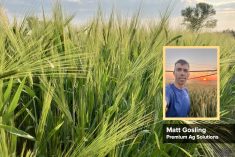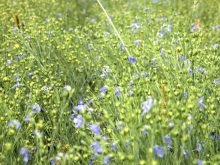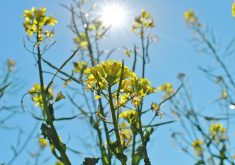Market share | After experiencing up-and-down popularity, can the new Clearfield hybrids regain lost acres?
One horse has fallen way behind in what used to be a three-horse race in the herbicide tolerant canola business.
Growers have rejected Clearfield canola in favour of the Roundup Ready and Liberty Link systems but the developer of Clearfield said better times are ahead.
“What we’re seeing in the marketplace is some trends and changing needs at the grower level that give Clearfield some renewed life,” said Bill Greuel, BASF’s Clearfield business manager.
BASF’s Smart canola was the first herbicide tolerant system on the market in Western Canada. It was later rebranded as Clearfield canola.
Read Also

Farming Smarter receives financial boost from Alberta government for potato research
Farming Smarter near Lethbridge got a boost to its research equipment, thanks to the Alberta government’s increase in funding for research associations.
The system initially held its own against stiff competition from Mon-santo and Bayer, capturing a peak of about 22 percent of canola acres in the late 1990s.
But the popularity of the Clearfield system has plummeted since the turn of the century.
BASF claims Clearfield accounts for about five to six percent of prairie canola acres. Its piece of the pie would be higher than that in Saskatchewan and Manitoba but far lower in Alberta due to Group 2 weed resistance in that province.
Other estimates are lower than that. Saskatchewan Agriculture says the Clearfield system captured 2.4 percent of the 6.86 million insured canola acres in that province in 2012, followed by Roundup Ready at 42.4 percent and LibertyLink at 55 percent.
Dale Leftwich, a director of the Saskatchewan Canola Development Commission, said Clearfield had a promising start.
“It really took off initially. There were big acres of it sold,” said the grower from Esterhazy, Sask.
“The varieties were quite good.”
Introduction of the system was largely problem-free compared to Monsanto’s Westar Roundup Ready varieties, which struggled with blackleg disease.
The popularity of BASF’s Clearfield system was bolstered by the ability for farmers to clean and reuse their own seed. That lasted until the company implemented the Clearfield commitment document.
Leftwich said Clearfield has had a difficult time matching the benefits of Roundup Ready and LibertyLink (InVigor) canola.
“Clearfield became lost in that they weren’t seen as good (yield) producers (compared to) the InVigors and their chemical program didn’t seem to be quite as good as the Roundup Ready,” said Leftwich.
The Clearfield system was not adept at dealing with certain problem weeds, such as scentless chamomile, which is an issue in Leftwich’s area.
“There seemed to be holes like that,” he said.
Keith Gabert, agronomy specialist with the Canola Council of Canada, said the biggest benefit with the Clearfield system is that it provides growers with residual control of flushing weeds.
The biggest drawback is that the system relies on the popular Group 2 class of herbicides. If a grower uses a Group 2 herbicide to control wild oats in their wheat crop one year they shouldn’t be using it on their canola crop the following year.
Gabert said the Clearfield system is used in wheat, canola, lentils and sunflowers in Western Canada, which can cause rotational dilemmas.
“In my area we’ve got quite an uptake in Clearfield wheat, so Clearfield canola doesn’t really fit there,” he said.
“A good agronomist would discourage (growers) from using two Clearfield crops in a three-crop rotation.”
Gabert also wonders if Clearfield struggled because BASF took a different approach than its competitors in getting its herbicide tolerance system to the marketplace.
“The Clearfield technology in Canada didn’t seem to have as large a breeding program drive as some of the other systems,” he said.
Monsanto and AgrEvo, which was later acquired by Bayer, devoted considerable resources to developing their own canola breeding programs while BASF chose the collaborative approach.
“(BASF) haven’t perhaps pushed that technology as hard as it could be,” he said.
Greuel thinks BASF’s partnership approach has been a benefit because it allowed BASF to focus on trait development and its main breeding partners, which are Dow AgroSciences, DuPont Pioneer and DL Seeds, to focus on their stengths.
He said the latest Clearfield hybrids on the market have substantially closed the yield gap with the Liberty Link hybrids. And when a grower factors in the lower cost of the Clearfield system the return on equity between the two systems is comparable.
Greuel said Clearfield’s market share increased in 2011 and 2012 and will be up again in 2013 and 2014 due to a variety of factors.
One of those is the 2012 introduction of Ares, the next generation of Clearfield canola herbicide, which provides better grassy and broadleaf weed control than its predecessor. It will be applied on an estimated 60 to 70 percent of Clearfield acres in 2013.
Greuel thinks Clearfield is poised to win back some acres from Liberty Link due to superior weed control and from Roundup Ready due to grower concerns about overusing glyphosate.
The proliferation of volunteer canola caused by strong harvest winds in 2012 should also boost grower interest in Clearfield because a lot of those volunteers will be Roundup Ready and LibertyLink canola.
“There is more potential and upside as we head into 2014 than there is downside challenges. I think those days are behind us,” said Greuel.
Clearfield could also get a boost from the growing demand in some export markets for GM-free canola oil. Clearfield is the only system considered to be GM-free.
“This is the only production system that allows (growers) to extract that premium in the marketplace,” said Greuel.
Leftwich said those premiums have been sporadic. Some years they have been handsome, in others almost non-existent.
Greuel acknowledged that Clear-field has had its share of challenges, including tough competition from Monsanto and Bayer, the mounting problem with Group 2 weed resistance and breeding partners that have dropped the system from their platforms.
But he is convinced there are better days ahead.
“There is some optimism for Clearfield canola and we’ll be gaining market share again in 2013 and expect to do so in 2014,” said Greuel.




